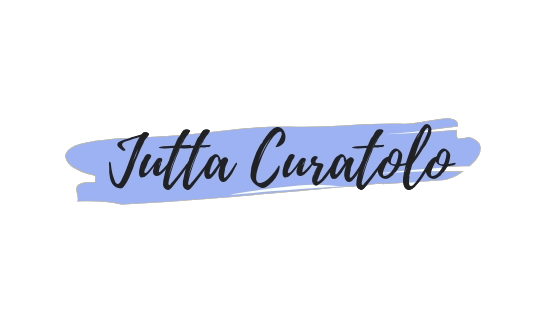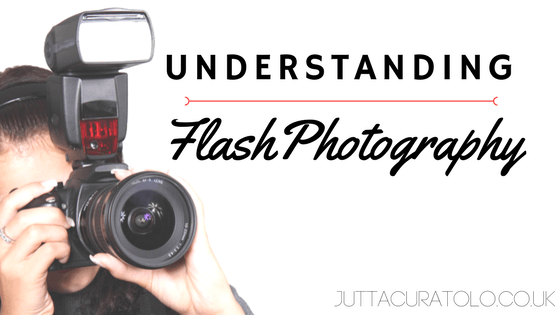Flash photography was created to eliminate the problem of not having enough light to take a clear photograph. A flash of light can not only illuminate a dark environment but can also help in taking an image of a fast-moving subject or changing the mood of a photo. Utilizing flash in your photography can dramatically add to your skill set as a photographer.
History
Since the 1800s, flash has been used to replicate authentic light in photographs. Photographers used magnesium flash ribbon to create a reaction of light. Flashbulbs then became the industry standard leading into the early 1900s of photography. Instead of an open flame, the magnesium reaction was contained in a glass dome, connected to the camera. These flashbulbs were not reusable with the magnesium reaction because it was not until the 1950s when electrical flash was introduced to camera consumers.
The electrical flash took a few adaptations for it to become practical and affordable for the market. Electrical flash units can be mounted on cameras and are usually built into most consumer cameras today.
Technique
To understand the power of flash in your photography, you must have a clear understanding of aperture and ISO. The power behind a manual camera knowledge can make or break your photos with flash. It also gives you the ability to change the mood or ambiance behind your images with the best possible lighting possible.
A flash can make or break the quality of your photographs so it is important. Flash is an amazing tool when used correctly. Mistakes and troubleshooting can occur with utilizing flash your process. The easiest and practical way to use flash is to practice and experiment with your camera and flash.
You can obtain images that do not look like you used to flash when indeed you did. This called a natural fill. As well a bounce flash is when the flash is not taken straight on with a subject but rather bounced off another surface for a softer glow while still utilizing the natural light around the subject.
There are multiple types of flashes used in the market. It is dependent on what type of photographer you are and how to intend on adapting flash into your work. Portrait photographers tend to use flash much more than a nature photographer would. Research is key when taking the next step and investing in the right flash for you.

